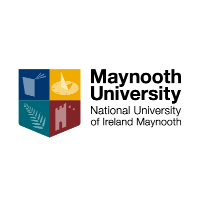Virtual Poster Exhibition
MsChloeMcKenna
Overview
Background: The World Health Organisation (WHO) indicated in 2017 that the greatest threat to human health in the next decade will be antimicrobial resistance (AMR). In order to focus research, they released a catalogue of bacteria which they believe pose the greatest threat. The first priority in this list included the carbapenemase and extended spectrum beta-lactamase producing Enterobacteriaceae such as Klebsiella pneumoniae and Escherichia coli.
Results: Five different resistance genes of clinical importance (blaKPC, blaCTX-M-15, aac(6’)-Ib-cr, armA, and blaNDM) were individually transformed into E.coli MG1655 on Golden Gate PUCIDT plasmid backbone using electroporation. These plasmids were then conjugated into K. pneumoniae NCTC418 through filter mating. This created a library of strains of E. coli and K. pneumoniae which all contained the same plasmid backbone, but with a different AMR gene. This library can be used to identify and compare the impact of the specific AMR gene on the host cells.
Conclusion: Generation of highly similar pathogens differing by only the AMR gene is a valuable resource to understand the impact of the AMR gene on different pathogens

